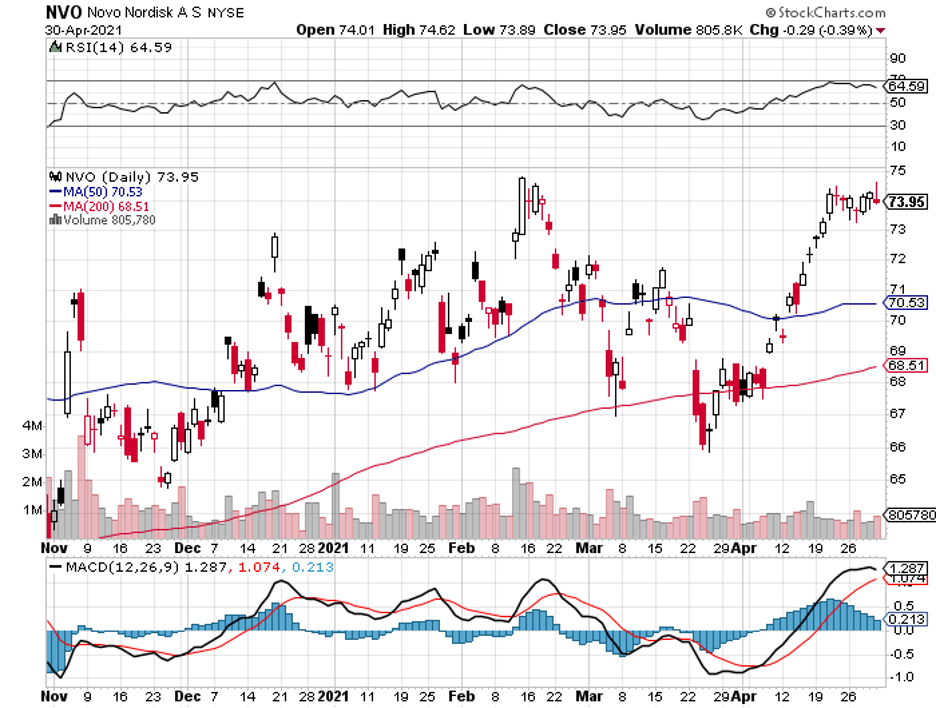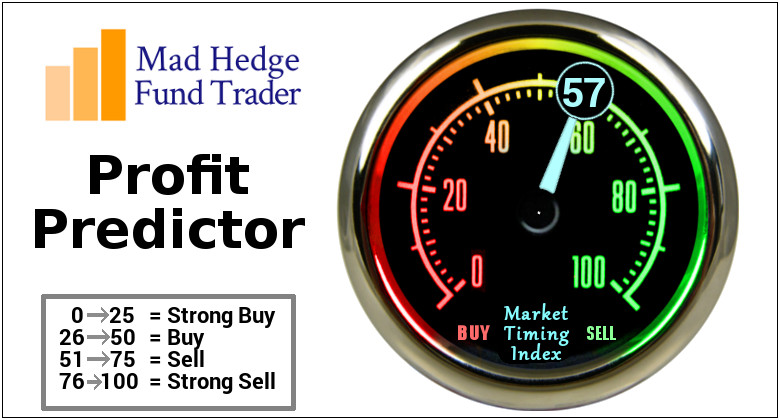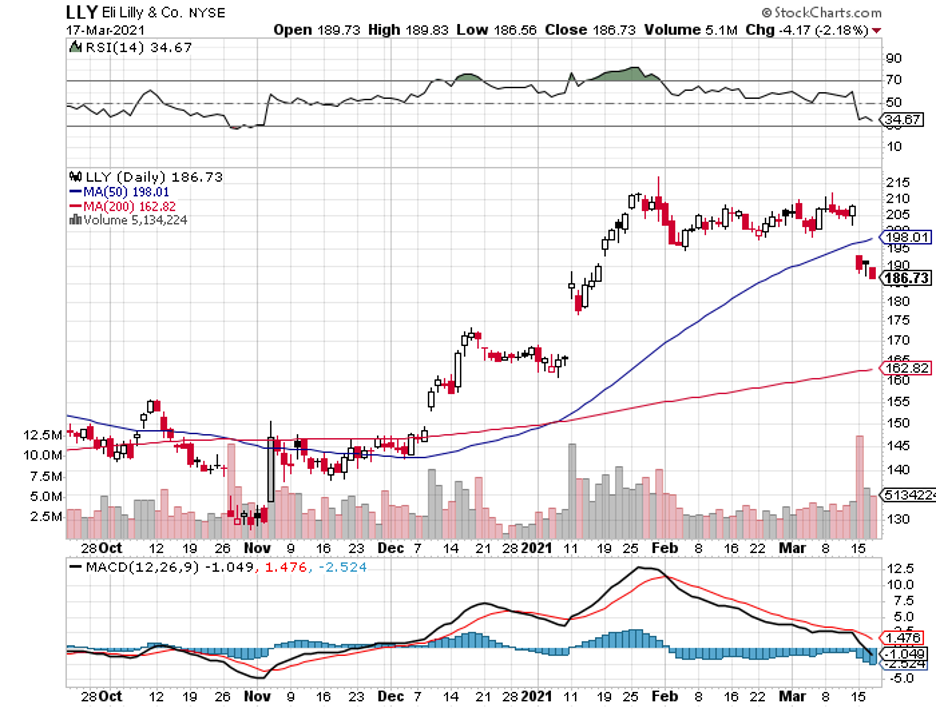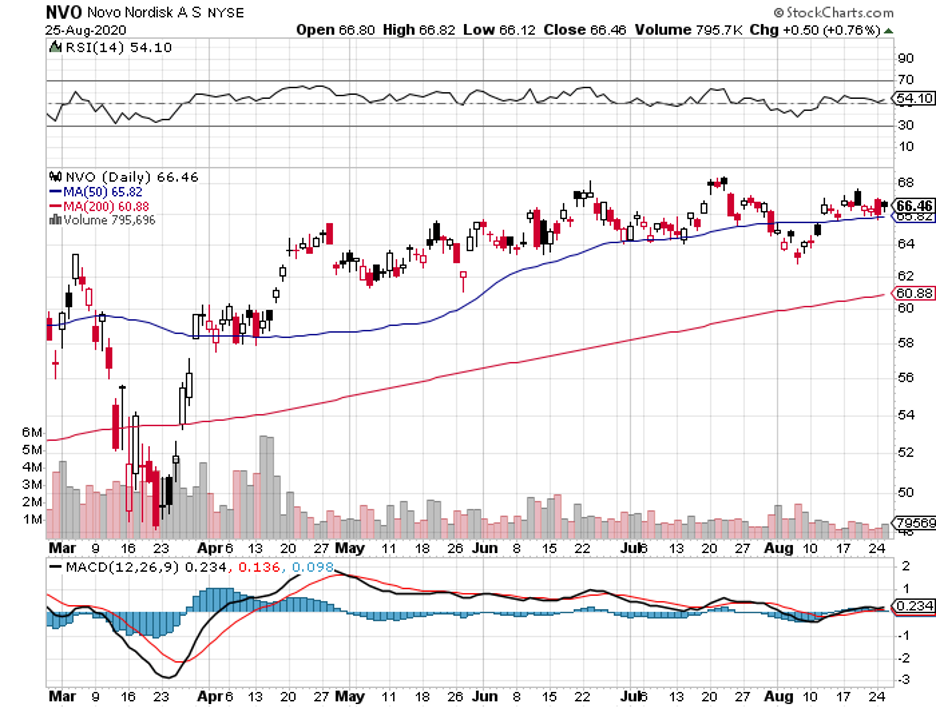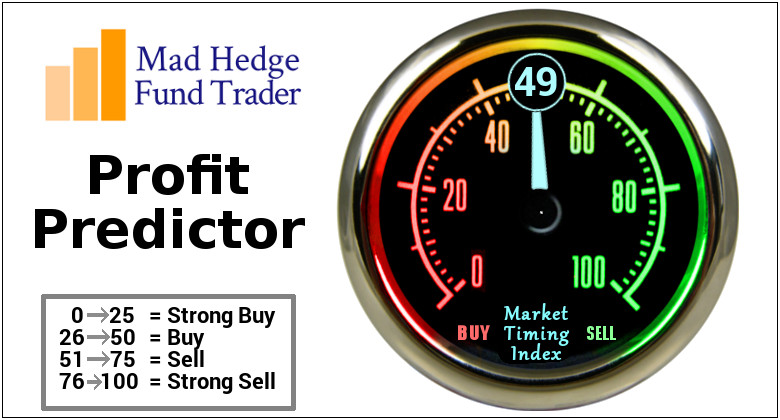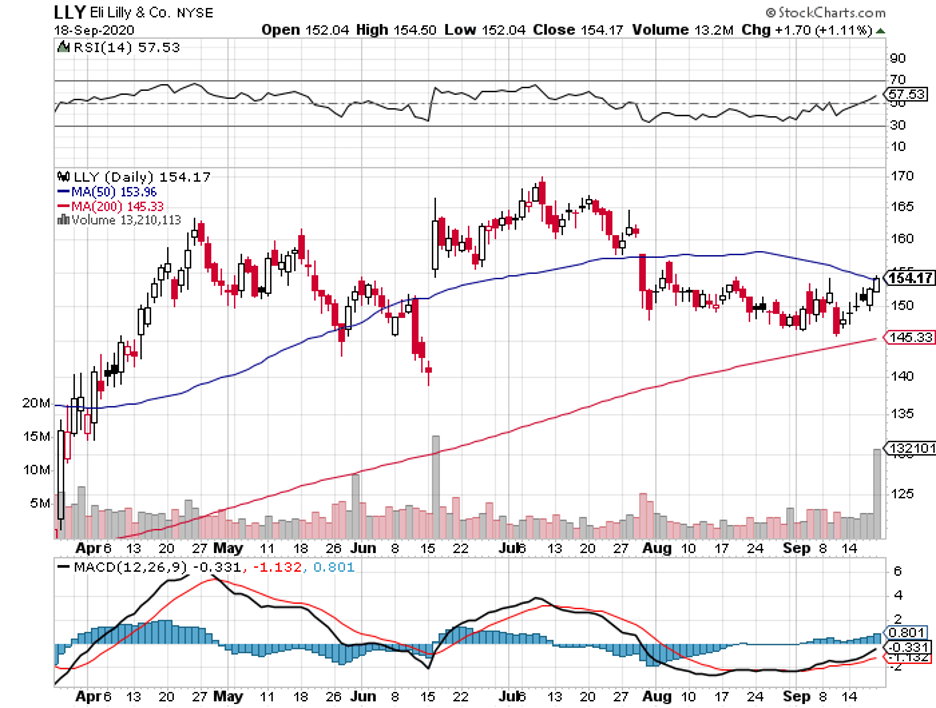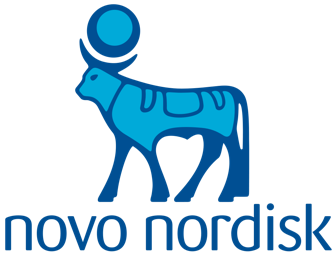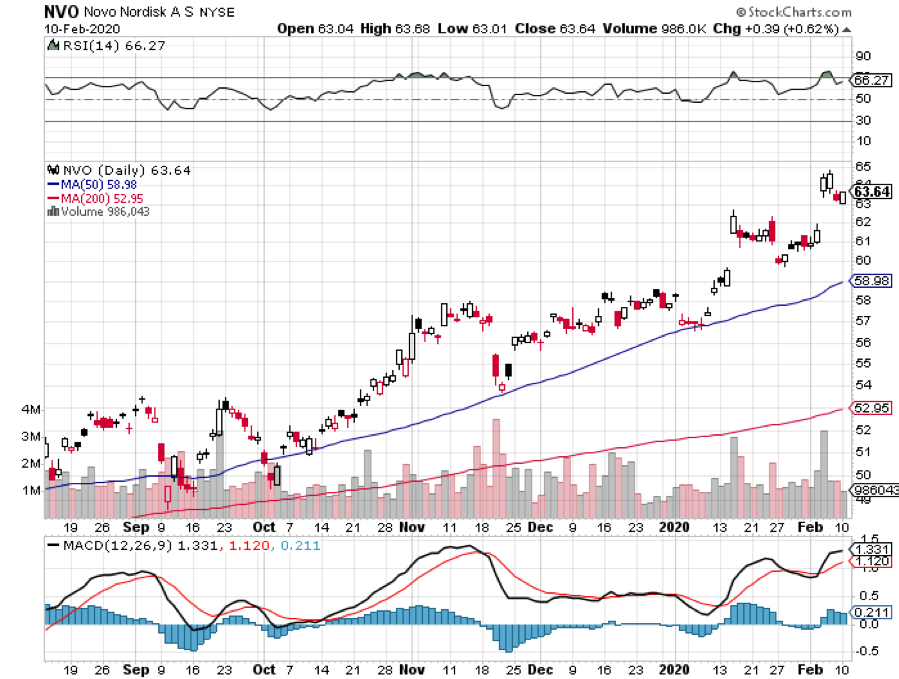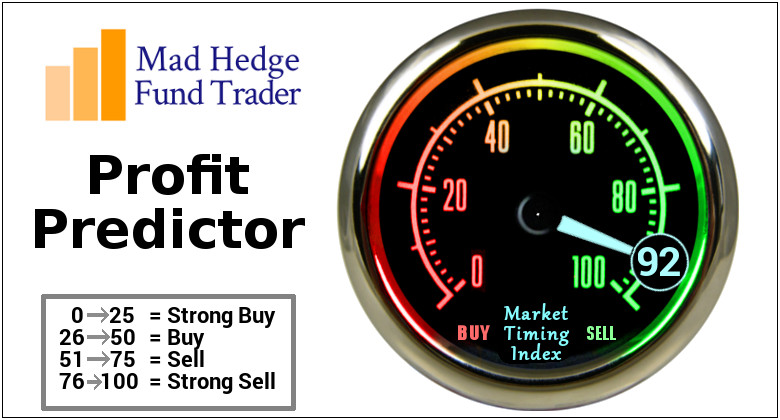Diabetes and obesity continue to be two of the major health issues across the globe—and these problems are only getting worse.
There are about 463 million people worldwide afflicted with diabetes, with only half of this number actually diagnosed and even fewer seeking treatment.
This situation is alarming considering that diabetes is a major cause of diseases like heart attacks, stroke, blindness, kidney failure, and even amputation of the lower limb.
The key to handling diabetes for many diabetics is taking insulin, which is a hormone that aids in regulating the amount of glucose in the patient’s blood.
To date, only 16% of diabetics take insulin.
Interestingly, there are only a handful of producers of this drug despite the fact that the global spending for insulin is estimated to reach $28 billion by 2026.
Only three companies practically control over 90% of the insulin market. That dominance, along with the absence of generic competition, allowed them to generously reward their shareholders.
Currently, one company is dominating the insulin market and holds a virtual monopoly of this lucrative industry: Novo Nordisk (NVO).
In fact, Novo Nordisk shares have increased by over 2,500% since 2000—an honest to goodness wealth-building investment.
For years, Novo Nordisk has focused on developing products specifically for diabetes and obesity.
Thanks to its efforts in these sectors, the company has become the undisputed leader with a 44.5% share of the insulin market and a 49.9% share of the blood sugar drug GLP-1 market.
In 2018 alone, Novo Nordisk generated roughly $14.26 billion in revenue from its diabetes lineup.
In comparison, the second largest producer of these products, Eli Lilly (LLY), generated only $9.71 billion.
Meanwhile, the third challenger in this space, Sanofi (SNY), began its exit from the diabetes industry when the pandemic struck last year.
At this point, Novo Nordisk holds 29.2% of the global diabetes market, making the company within arm’s reach of its goal to conquer one-third of the segment by 2025.
Amid its success in the industry, Novo Nordisk refuses to rest on its laurels. The company continues to come up with innovative treatments for diabetes and obesity.
Novo Nordisk’s latest product is Rybelsus, which is an oral medication for blood sugar, particularly for Type 2 diabetes patients.
In an effort to corner the market, Rybelsus is actually a direct competitor of Novo Nordisk’s own products, Ozempic and Victoza, which target the same market. The difference is that the new product can be taken orally while the two older ones need to be injected into the bloodstream.
When Ryblesus was launched in late 2020, it was hailed as the “holy grail” of diabetes treatments and generated $64.5 million in the first six months.
To understand the potential of Rybelsus, it’s good to remember the growth story of Ozempic.
From $264 million in sales in 2018, this drug skyrocketed to rake in $1.7 billion by 2019 and generated $1.1 billion in the first half of 2020.
Although diabetes clearly holds the bulk of Novo Nordisk’s portfolio, it’s not the sole revenue stream for the company.
In the past years, Novo Nordisk has also been developing treatments for chronic obesity—a condition that could lead to serious diseases, including various types of cancer and heart disorders.
Global obesity has roughly tripled since 1975, with the COVID-19 pandemic accelerating this alarming trend.
For context, 1.9 billion adults were diagnosed as overweight in 2016. Of these, 650 million were considered obese.
More alarmingly, only 2% of 650 million people suffering from obesity are receiving any medical treatment.
In relation to Novo Nordisk’s revenue stream, this offers notable potential for future revenues for the segment.
The company’s flagship obesity drug, Saxenda, has shown extremely strong growth in terms of market share as well as total revenue since its launch.
With incredible attention focused on groundbreaking treatments for diabetes like messenger RNA from companies like BioNTech (BNTX), CRISPR Therapeutics (CRSP), Editas Medicines (EDIT), and Intellia Therapeutics (NTLA), it’s understandable to find a company established in the 1920s extremely boring.
However, it’s important to always keep in mind what investing is truly about. It’s distributing your money to businesses that have the capacity and potential to grow over the long term.
This is what sets apart companies like Novo Nordisk.
Historically, Novo Nordisk has been giving back to its shareholders for decades.
Since it debuted in the US market in 1981, the company has returned roughly 22,000% to its investors.
Four decades later, shareholders can rest easy and expect continuous rewards in the years to come. So, take advantage of this opportunity and buy the dips.

